Few tourists spend much time in Lima which is a real shame, especially for those interested in learning more about Peru’s long and fascinating history and culture.
Lima is home to Peru’s best museums, showcasing the city and country’s history from across the ages.
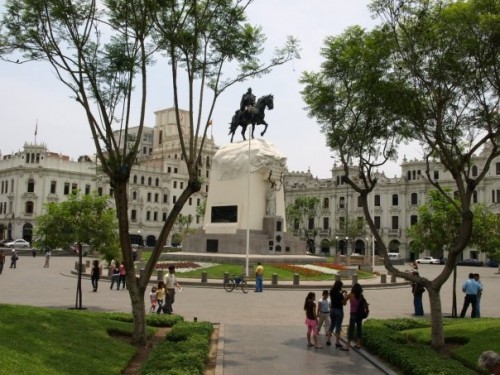
Plaza San Martin, Lima’s colonial center – Matthew Barker
Museo de la Nación and Museo Nacional de Antropología y Arqueología are highly recommended. Although the first is home to many pre-Colombian artefacts, they are somewhat disorganised and very little interpretation is on offer. However, its temporary exhibits are usually very worthwhile. It also hosts regular evening events, ranging from movie showings to talks about Peruvian culture.
Situated on Avenida Javier Prado Este, the easiest and safest way to get here is by taxi. A taxi from Javier Prado Metropolitano station will cost less than five soles.
On the other hand, Museo Nacional de Antropología y Arqueología has several well-organised displays of ceramics from a number of Peruvian civilizations. Situated on Plaza Bolívar in Pueblo Libre, either take a ‘S’ combi from Miraflores or taxi.
Museo de Oro in the Larcomar shopping centre has a vast display of gold objects, jewellery and adornments from pre-Inca Peru. Headsets allow you to hear commentary in numerous different languages and in addition there is written interpretation in both Spanish and English. Larcomar can be easily reached by micro heading to Barranco, by taxi or on foot from central Miraflores.
Art lovers on the other hand should head to Barranco – the bohemian district of Lima. There are many galleries, mainly small and supporting new artists. 80M2 Arte y Debates comes highly recommended by local artists who claim it offers ‘arte fresco’ – new styles of art and thought. Located on Calle Prolongación San Martín, it can be easily reached on foot from the main square in Barranco.
Also situated in Barranco is Amelia Pinzas, Calle Cajamarca 202 which supports younger artists; Wu Ediciones, Saenz Peña 129 featuring local folk and fine art; and Dedalo, Saenz Peña 295 which hosts numerous different types of art. For more art galleries visit the district of San Isidro.
Note that most museums and galleries across Peru are closed on Mondays and although many museums offer personal guide services, they are usually only available in Spanish. National museum day is held annually on the 18th May. Although this means that entrance is free to museums across the country, queues can be extremely long, so it is advisable to avoid visiting museums on this day.
This article was written for Vaya Adventures, specialists in tours across Latin America including combined Machu Picchu and Galapagos tours.

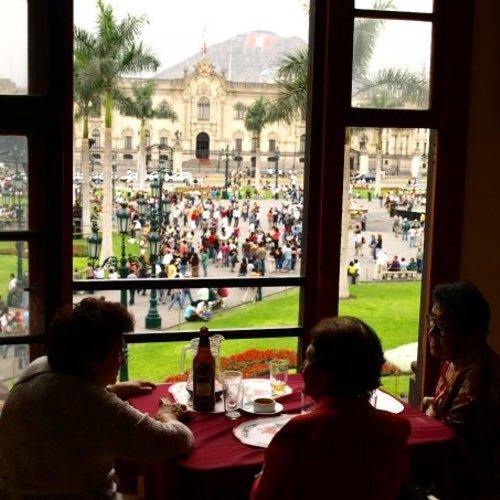 How to Spend 48 Hours In Lima, Peru
How to Spend 48 Hours In Lima, Peru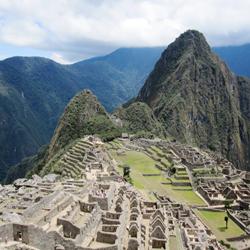 Travel to Peru – Episode 349
Travel to Peru – Episode 349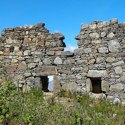 Could Marcahuamachuco, Peru Really Rival Machu Picchu?
Could Marcahuamachuco, Peru Really Rival Machu Picchu?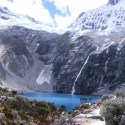 Trekking and Confronting Altitude in Huaraz, Peru
Trekking and Confronting Altitude in Huaraz, Peru


Jillian
Says:October 16th, 2011 at 10:38 pm
This post was really helpful! We will be departing on a year long trip through Central and South America and I will definitely be bookmarking this and referencing it when I get closer to being in Peru!
Thanks!
David Almeida
Says:March 15th, 2012 at 12:21 pm
A great and helpful article, but needs update and an great information improve. First, the update is that the Gold Museum at the mall Larco Mar is not there anymore, but in its original building in a not central location not far from the US embassy. The suggested improve is that the two most amazing museums of Lima are not here: 1) the Larco Museum, which boast the biggest collection of pre-hispan ceramics, among other treasures; and 2) the MALI, the Arts Museum of Lima which has a great and interesting collection of old articles.